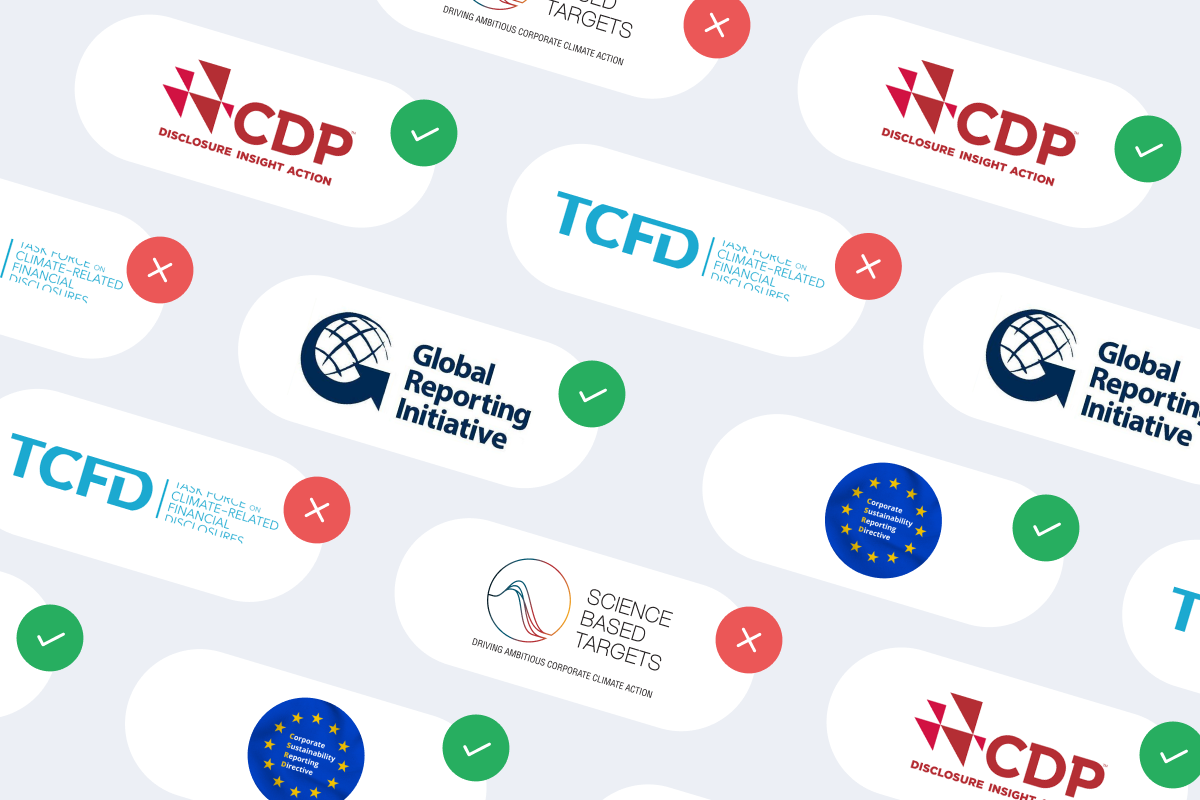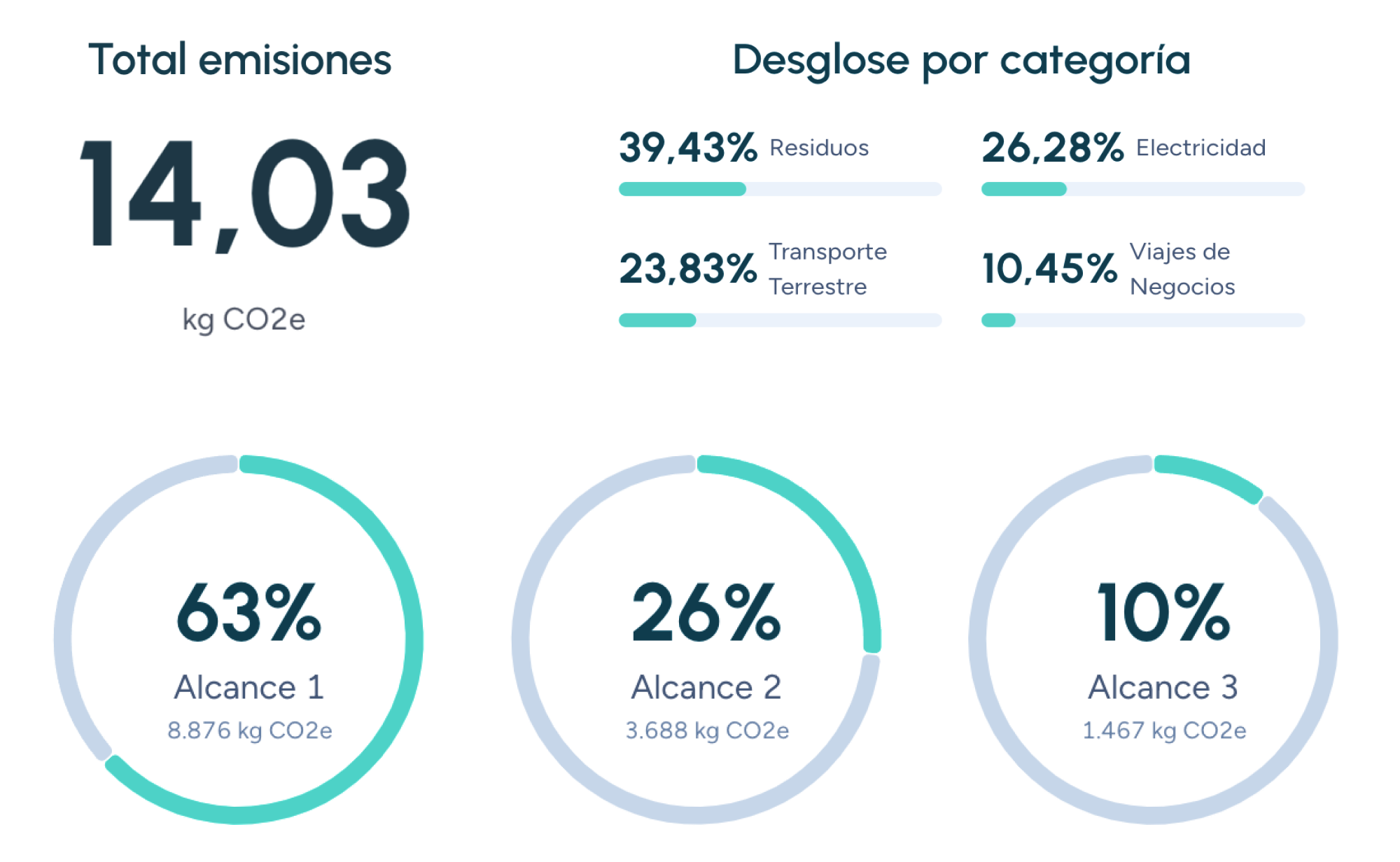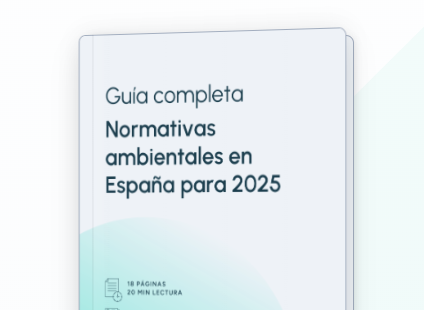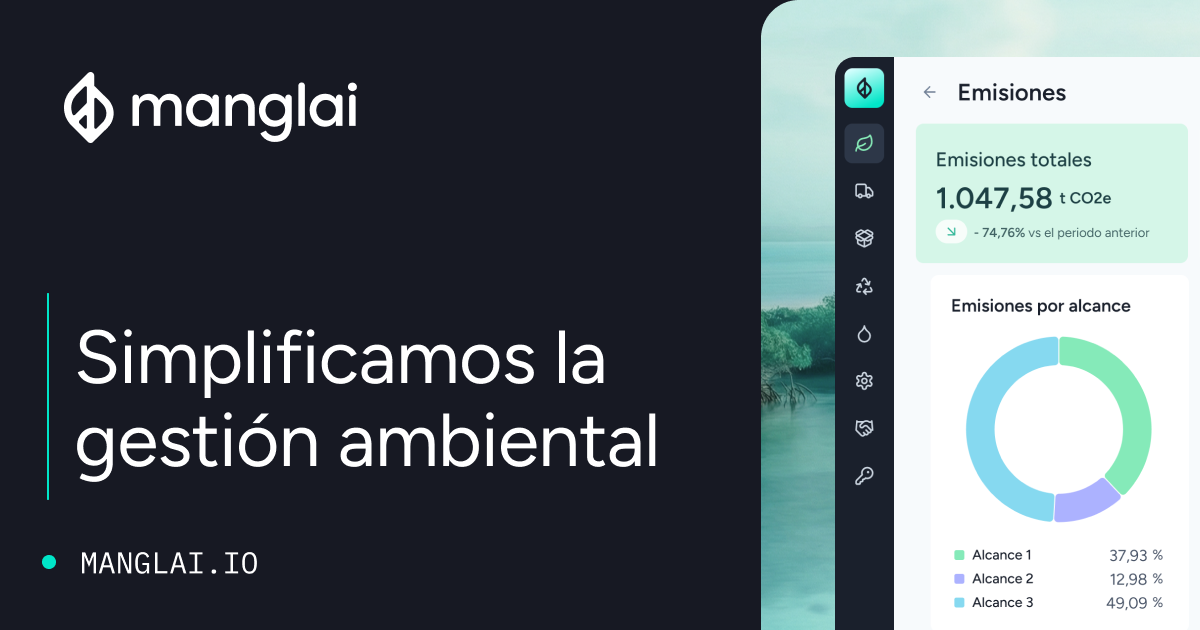Back to the blog
Legislation and regulation
UE Omnibus Regulation: Simplifying corporate sustainability
Andrés Cester
CEO & Co-Founder
The Omnibus Regulation, recently approved by the European Union, introduces substantial changes to ESG (Environmental, Social, and Governance) regulations. Its main objective is to unify and simplify sustainability obligations for European companies, reducing the administrative burden while keeping businesses on track to meet the commitments of the European Green Deal.
In this article, we will outline the key aspects of the EU Omnibus Regulation, giving you firsthand insights into this historic sustainability legislation reform.
What is the Omnibus Regulation?
The Omnibus Regulation was introduced in response to the complexity and overlap of various ESG regulations within the EU, including the Corporate Sustainability Reporting Directive (CSRD), the Corporate Sustainability Due Diligence Directive (CSDDD), and the Green Taxonomy Regulation.
Although effective individually, these regulations imposed significant administrative burdens, particularly on SMEs.
Main objectives
The Omnibus Regulation aims to simplify and unify sustainability requirements for businesses in the EU, reduce administrative burdens by 25% for large companies and 35% for SMEs (according to official European Commission data), and maintain international market competitiveness while ensuring alignment with the European Green Deal.
Why was a unified framework necessary?
Before the approval of the Omnibus Regulation, each directive functioned independently, requiring companies to submit multiple reports with often redundant indicators. Moreover, some Member States implemented CSRD and CSDDD with different timelines and criteria, leading to competitiveness asymmetries.
The new regulation seeks to harmonize the application of these standards across the EU, ensuring a level playing field for European businesses.
Key changes introduced by the Omnibus Regulation
The Omnibus Regulation integrates the mandates of CSRD, CSDDD, and the Green Taxonomy, eliminating redundant reporting requirements and streamlining sustainability reporting and verification processes.
For large companies
- 25% reduction in mandatory indicators.
- Focus on fundamental metrics, such as direct emissions (Scope 1) and energy consumption (Scope 2).
For SMEs
- 35% reduction in reporting obligations.
- Exemption from Scope 3 reporting in most sectors, except for high-impact industries such as energy and transportation.
For mid-cap companies
- Introduction of a new category for companies with 250–500 employees, assets between €20–40 million, and revenue between €40–80 million.
- Option to submit reports biennially and exclude non-material sections following a simplified evaluation.
Deadlines and flexibility
Certain obligations will be delayed by two years for medium-sized companies and SMEs, allowing them time to adjust their measurement and reporting systems. Additionally, low-impact sectors (such as services and technology) will see a 50% reduction in required sustainability metrics.
Implications for competitiveness and sustainability
The United Nations Global Compact in Spain highlights that this reform aims to balance competitiveness and sustainability. By reducing bureaucracy, companies can allocate more resources to green innovation and digital transformation. However, critics warn about the potential weakening of environmental standards, especially regarding indirect emissions (Scope 3) calculations.
Meanwhile, Spain has postponed the CSRD transposition until May 2025, resulting in:
- Changes to Climate Change and Energy Transition Law 7/2021: SMEs that supply large companies are no longer required to register their carbon footprint.
- Sector-specific adjustments: While stricter regulations remain for energy and transportation, the tourism sector benefits from more flexibility in adapting to the new framework.
Criticism and challenges
Environmental organizations argue that exempting SMEs from Scope 3 reporting could hinder accurate carbon footprint measurements across value chains. Institutional investors also express concerns that inconsistent implementation across Member States may continue to create competitiveness gaps.
On the other hand, SMEs and startups see the Omnibus Regulation as an opportunity to integrate sustainability into their core strategy, reducing costs and meeting market expectations.
Tips for adapting to the new regulation
- Conduct an internal audit: Identify key indicators relevant to your sector and company type.
- Leverage digital tools: Use automated tracking and reporting solutions, like those provided by Manglai, to streamline data collection.
- Partner with experts: Collaborate with specialized consultancies or industry associations to share best practices and reduce compliance costs.
- Ensure transparent communication: Keep stakeholders (employees, customers, suppliers) informed about your sustainability transition strategy.
Stay compliant with corporate sustainability regulations using Manglai
The Omnibus Regulation marks a decisive step in unifying ESG regulations across the European Union, bringing clarity and consistency to sustainability reporting while incentivizing the green transition.
However, the success of this new framework will depend on how companies—particularly SMEs and mid-cap businesses—adopt tools to measure and communicate their real impact.
In this context, platforms like Manglai simplify carbon footprint management through:
- Automated data collection: Integration with ERP systems, fleet management platforms, travel management tools, and more.
- Automatic emissions calculation: Using updated emission factors and standardized methodologies.
- Data analysis and customized reports: Interactive dashboards, tailored reports, and audit-ready documentation.
- Scenario simulation: Assessing the impact of different emission reduction measures.
- Reduction project management: Planning, implementing, and tracking emission reduction initiatives.
At Manglai, we provide companies with the technology and expertise they need to measure, manage, and reduce their emissions efficiently.
FAQs
Which specific indicators are likely to be eliminated or adjusted?
The exact indicators to be affected remain under consideration. However, the trend appears to be moving toward reducing extensive narrative requirements while giving priority to metrics that provide greater value to stakeholders and contribute to more effective decision-making.
Is there a plan to reduce the 1,100 CSRD indicators? What timeframe can we expect for this?
A streamlining process for these indicators is currently underway. While the specific details are still being finalized, the primary goal is to simplify the reporting requirements and place greater emphasis on quantitative metrics. The implementation timeline depends on legislative processes, with major changes expected during upcoming ESRS revision phases.
Is the 1,000-employee CSRD threshold evaluated at the individual company level or does it encompass consolidated groups?
This threshold is applied on a consolidated basis. If a group's combined workforce reaches or exceeds 1,000 employees, it falls under CSRD requirements, even if some subsidiaries within the group individually have fewer than 1,000 employees.
Are there exemptions to the 1,000-employee threshold? Do specific sectors like aircraft leasing have different requirements?
The proposed changes aim to eliminate sector-specific requirements, creating a unified ESRS framework for all companies that exceed the relevant threshold. Organizations not covered by CSRD may still experience indirect pressure through investor or value chain expectations. Any remaining sector-specific needs are expected to be addressed by the VSME standard.
What approach should non-EU parent companies take when their EU subsidiaries no longer meet the criteria for large entities?
Parent companies may still need to provide consolidated sustainability information even if subsidiaries fall below the large-entity threshold—particularly under the "Wave 4" regulations that address third-country undertakings.
Will these changes affect supply chain risk assessments beyond first-tier suppliers?
Yes. CSRD encourages companies to evaluate potential risks throughout their entire supply chain, not just immediate suppliers. Consequently, comprehensive reporting and transparency will become increasingly important.
Andrés Cester
CEO & Co-Founder
About the author
Andrés Cester is the CEO of Manglai, a company he co-founded in 2023. Before embarking on this project, he was co-founder and co-CEO of Colvin, where he gained experience in leadership roles by combining his entrepreneurial vision with the management of multidisciplinary teams. He leads Manglai’s strategic direction by developing artificial intelligence-based solutions to help companies optimize their processes and reduce their environmental impact.
Content
Companies that trust us

CSRD for SMEs: How cascading regulation will impact your supply chain in 2025
Discover how the CSRD will affect SMEs through the supply chain in 2025—and how to get ready to comply.
22 October, 2025
B Corp Certification in Spain: Cost-Benefit Analysis and the Path to Impact
We analyze B Corp certification in Spain: costs, real benefits, and the steps to obtain the seal that drives sustainability.
06 October, 2025
GHG Protocol vs. ISO 14064-1: Which Standard Should You Choose for Your Emissions Inventory?
Discover the differences between the GHG Protocol and ISO 14064-1 and choose the ideal standard for your emissions inventory and the MITECO.
01 October, 2025
Guiding businesses towards net-zero emissions through AI-driven solutions.
© 2026 Manglai. All rights reserved
Política de Privacidad


